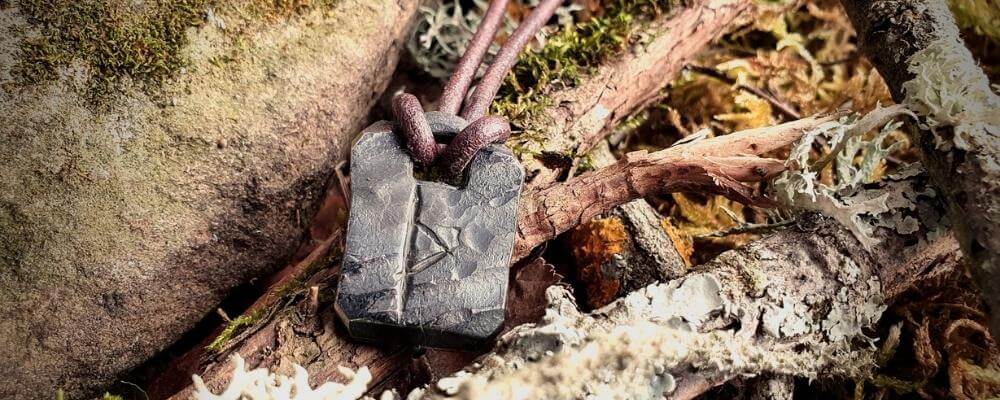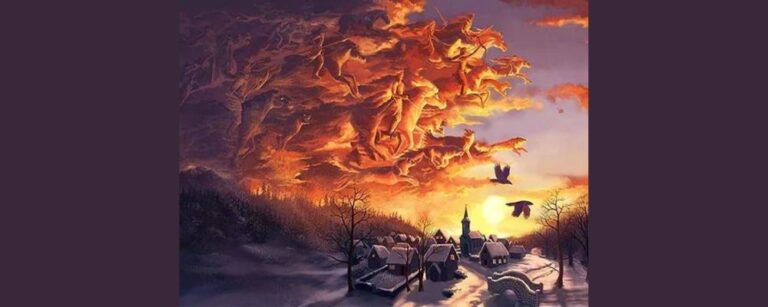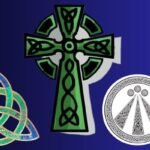It is well established that one of the ways that Christianity was able to convert Pagans and bring them into the Christian fold was to incorporate important Pagan practices into Christian rituals.
As a result, many of the holidays that exist in the Christian calendar have clear Pagan roots both in terms of the date on which they are marked and the rituals used. Just to name a few, Easter, Halloween, St John’s Eve, and Epiphany all have strong pagan roots.
Christmas is no exception. Initially incorporated into an important Roman pagan holiday, when Christianity came to the Viking world, it absorbed many of the traditions conducted around the same time of year as part of the Jul (or Yule) festival.
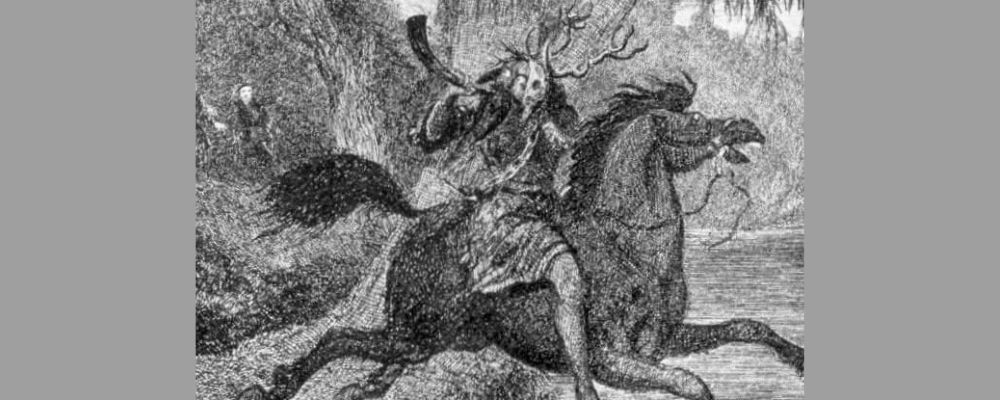
Pagan Christmas
Christmas is celebrated in December to coincide with the Pagan Roman holidays of Saturnalia and the festival day of Sol Invictus.
Saturnalia was a feasting period that started on the 17th of December. Individuals would exchange gifts, usually statuettes of the gods to put on the household altar. This may be the root of the tradition of the nativity scene. The festivities ended on the 25th of December, a few days after the Winter Solstice, when the days of the year finally start to get longer again.
December 25th became associated with Jesus Christ because it was the festival day of Sol Invictus, who became the most important god in the Roman pantheon in the 3rd century, not long before the empire converted to Christianity. The emperor Aurelianus dedicated Sol Invictus’ temple in Rome on the 25th of December in 274 AD. With the conversion to Christianity, this became the principal feast day of Jesus Christ.
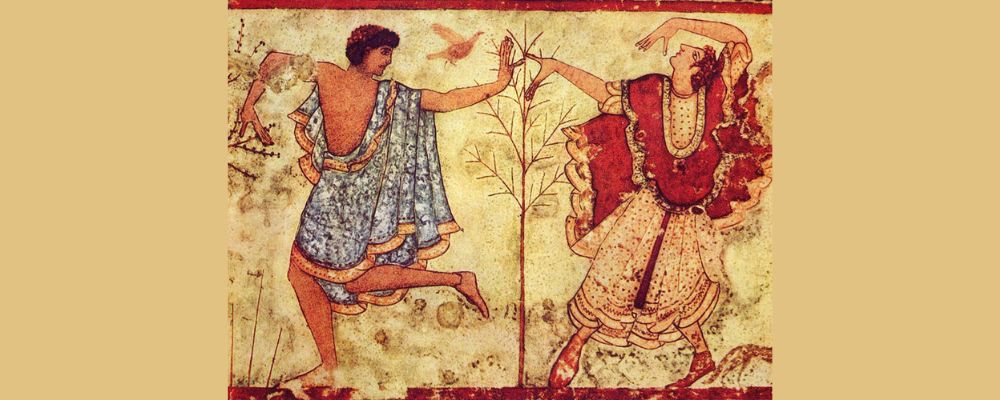
Christmas Comes to Norway
Around 700 years after the dedication of the temple of Sol Invictus, Christianity came to the Vikings in Norway. According to the Saga of Hákon the Good, it was King Haakon I of Norway who changed the date of the traditional Norse festival of Yule to coincide with the 12-day Christian festival of Christmas.
The Norwegian people were encouraged to celebrate the new Christmas festival in place of Yule, but they did not simply give up their Pagan traditions. These continued and became incorporated into new Christain traditions.
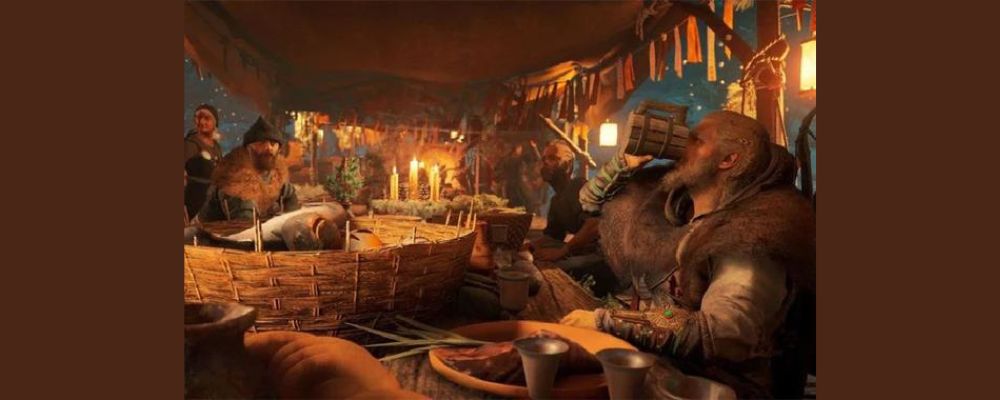
Viking Yule Mythology
Viking Yule happens at the darkest time of year, when the days are short and dark, especially in northern countries like Norway. The Vikings believed that during this dark period, the veil between the mortal and the supernatural worlds was very thin, and they were closer to the divine and the dead.
This was a time of year to watch out for draugr, the Viking undead. It was believed that the deceased could return to life and terrorize their communities if they wished. As well as killing livestock and setting fires, they could even enter someone’s dreams and kill them there.
If a community suspected that they were being terrorized by a draugr, they would dig up the recently deceased and look for evidence. If they thought that they had found one, they would do things like nail down their bodies, cut off their heads, or place a scythe over their neck so that they would behead themselves when they tried to rise.
But it was not only the dead who were at large during Yule, it was also the gods. In particular, Odin was believed to lead a divine Wild Hunt across the sky. Odin always collected the souls of the bravest fallen dead to take to Valhalla. The Wild Hunt would collect other things that had died throughout the year, clearing the way for new growth as the days started to get longer.
The Vikings would spend the period of the Wild Hunt in their temples making sacrifices and in their long halls feasting so that they would not be caught outside and taken away by the hunt by accident.
However, when Odin was abroad, he could also choose to visit the worthy and deliver presents and good fortune.In this way, Odin acted as a kind of proto-Santa Claus. But you can read our full blog post on Odin as Santa Claus here.

Viking Yule Traditions
Many of the Pagan rituals and folk traditions practiced by the Vikings during Yule have found their way into Christmas traditions, starting in Norway and spreading to the rest of the Christian world.
Religious rituals included sacrifices. Animals were taken to the temples, sacrificed, and drained of their blood. The meat was cooked for the days of feasting that happened over Yule, while the blood was smeared over the idols and walls of the temple. While it may be a bit disgusting to imagine, this blood-smearing may be the origin of the idea of decking the halls.
The most traditional Viking Yule food was a roast boar. This is probably related to the worship of Freyr during the festival since he and the other Vanir gods were closely associated with the animal. Ham is still one of the most popular Christmas foods.
Drinking was an important part of the feast, and many toasts were made. The first toast was made to Odin and then to Njord and Freyr, Vanir gods associated with fertility. Toasts were also made to the dead ancestors.
Thor, the god of thunder, was both a protector and a fertility god. He was also honored at Yule. Goats were often among the animals sacrificed, and goat figurines made from dried wheat were made and displayed as decorations. Viking Yule decorations may have been placed on a yule tree, an evergreen tree brought into the home probably to represent Yggdrasil, the world tree that sits at the center of the Norse universe. It is a symbol of life and may have represented the fact that life continued during the dark days of Yule.
The Vikings also chose a large oak log to burn in the fire throughout Yule. It was inscribed with special Norse runes that invoked the gods’ protection against the darker supernatural forces for the period of Yule. The fire had to be kept lit throughout the entire festival. Letting the fire go out was an extremely bad omen.
As part of festive activities, the community would make a large wreath of dry organic material. Rather than hang this on a door, they would set this alight and roll it down a hill. This may have been a ritual to beckon the return of the sun.
Mistletoe was hung, and mistletoe was an important plant in Norse mythology. This is the only thing in existence that can kill the god of light Balder. Loki learns this secret and, in fact, uses the plant to kill the god and send him to the underworld. The connection between the story and hanging mistletoe at Yule is unclear, but it may have represented honoring promises made to the gods.
Children would leave their shoes by the fire at night and put out sugar and hay for Sleipnir, the eight-legged horse of Odin. These may have been placed to receive gifts if Odin decided to pass while on the wild hunt. There are some stories of family members dressing up as old man winter and bringing gifts. Reminiscent of Father Christmas, in the oldest traditions, they were surely meant to be Odin.

Heathen Christmas
It is not hard to see many parallels between traditional Norse Yule traditions and modern Christmas traditions. This is not surprising since we know that Christianity borrowed from many Pagan and folk traditions to better adapt itself to new Christian converts.
What is striking is just how much influence Viking Yule seems to have had upon Christmas today, when Christianity borrowed from so many Pagan traditions. This suggests that Yule was an incredibly important holiday in the Norse world for their traditions to have overwhelmed others.
